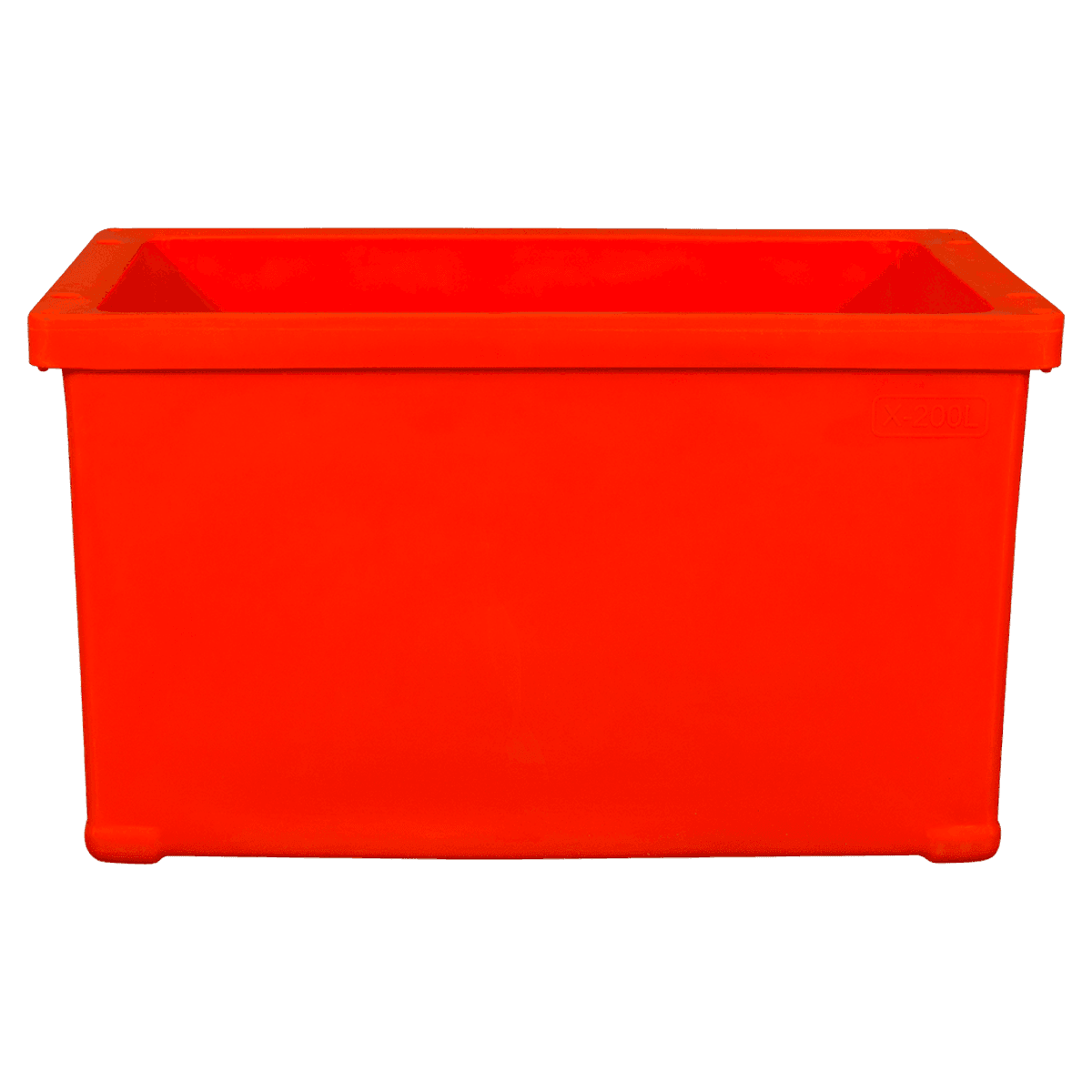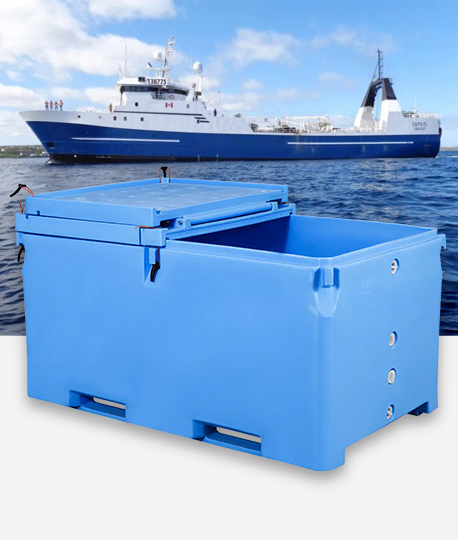1. Water quality management: Live Seafood Farming & Transportation Tanks must ensure that water conditions are suitable for the survival and health of seafood. This includes monitoring and maintaining key parameters such as water temperature, oxygen content, salinity and pH. Different types of seafood have different water quality requirements, so water quality management needs to be adjusted according to the specific species. For example, for freshwater organisms, stable pH and appropriate salinity are essential; while for marine organisms, appropriate salinity and temperature need to be maintained.
Efficient water circulation systems and filtration equipment are key to maintaining stable water quality. Through a proper filtration system, waste and harmful substances can be removed, and the accumulation of pollutants in the water can be reduced, thereby providing a clean and healthy living environment.
2. Water circulation and filtration system: In Live Seafood Farming & Transportation Tanks, a good water circulation and filtration system is an important guarantee to ensure the survival of seafood. The water circulation system ensures that the water quality is evenly distributed and increases the solubility of oxygen by circulating the water. The filtration system can effectively remove residues and harmful substances, such as food residues, ammonia nitrogen and nitrates, thereby reducing the adverse effects on seafood.
The selection of filtration systems usually takes into account their processing capacity, efficiency and maintenance costs. Common filtration technologies include biological filtration, mechanical filtration and chemical filtration, which can be used alone or in combination to ensure efficient treatment and maintenance of water quality.
3. Proper feed management: Seafood requires an appropriate amount and appropriate feed supply in Live Seafood Farming & Transportation Tanks to maintain its normal growth and health. Different species of seafood may have different requirements for feed composition and supply frequency. Farms usually develop special feed management plans based on the nutritional needs and growth stage of seafood.
The key to feed management is to balance the provision of sufficient nutrition while avoiding overfeeding and excessive residue production. Excessive feed not only increases the pollutant load, but also may cause water quality deterioration and seafood health problems. Therefore, accurate feed rationing and regular feed effect evaluation are important measures to maintain water quality and seafood health.
4. Proper oxygen supply: The survival and health of seafood depends on adequate oxygen supply. In Live Seafood Farming & Transportation Tanks, an effective oxygen supply system can ensure that the oxygen content in the water reaches an appropriate level. Oxygen supply can be achieved through gas aeration, underwater jets and surface water pumps to increase the solubility and uniformity of oxygen in the water.
For high-density farming environments and long-distance transportation, it is particularly necessary to ensure the stability and efficiency of oxygen supply. Lack of oxygen can cause breathing difficulties and health problems for seafood, so regular monitoring and adjustment of oxygen supply is a key step to ensure the survival rate of seafood.
5. Environmental control during transportation: Live Seafood Farming & Transportation Tanks need to take measures during seafood transportation to reduce stress and damage during transportation. Challenges that may be faced during transportation include temperature changes, shocks and instability of the internal environment of the transport container.
To reduce these effects, insulation equipment, stable transport containers and monitoring systems are usually used to maintain a suitable transportation environment. These measures can help reduce the transportation stress of seafood and maintain its survival rate and quality during transportation.
AF-380L Live Seafood Transportation Tanks
Wanma AF-380L insulated plastic container is one of our most popular small-sized containers. It is ideally suited for handling of fresh fish on board fishing vessels and during processing for species like cod, salmon and other white fish .The container is double walled with a solid PUR core and a high insulation factor .AF-380L container can be accessed from two sides for pallet jacks and all four with fork lift.


 English
English Español
Español عربى
عربى 中文简体
中文简体
-4.png)
-4.png)
-2.png)

-2.png)
-2.png)




